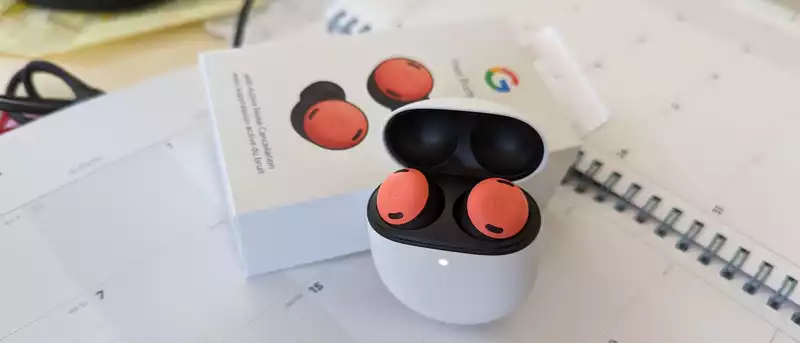Earplugs that record heart rate are not new, but they have limitations, especially in terms of fit and the constant contact required for reliable measurements. Such devices, like the heart rate sensors in the best smartwatches, use photoelectric volumetric pulse wave (PPG), in which light is refracted through flowing blood.
However, Google has found another way to measure heart rate through the ear, which could theoretically be added to the best noise-canceling earbuds with a simple software update.
The news, shared in a post on the Google Research blog, involves a process called audioplethysmography (APG), which uses ultrasound instead of light to measure heart rate. By reflecting low-intensity ultrasound waves inside the ear canal, researchers used an ANC microphone to detect changes on the skin surface as blood flows.
"APG turns any TWS ANC headphones into smart sensing headphones with a simple software upgrade and works robustly across a variety of user activities," the blog post concludes.
"The sensing carrier signal is completely inaudible and unaffected by music playback.
While this success may seem unlikely given that ANC technology is absolutely not for that purpose and the size of the blood vessels involved, the results are very promising: over 153 participants, Google found that the median error across participants in measuring heart rate was only 3 .21%, and for heart rate variability, 2.7%.
These results were consistently good, even with low ear sealing, varying ear canal sizes, and different skin colors. And the last point is particularly important, since light-based sensors have historically been weak on dark skin (or when tattoos are in the way).
The researchers acknowledge that noisy environments can cause problems and that the APG signal can be "significantly disturbed by body movement."
However, there is hope in this regard as well, as the researchers believe that using multiple frequencies can mitigate the problem. As the blog post explains, "Using the multi-tone APG as a calibration signal, one can find the optimal frequency at which to measure heart rate and obtain a high-quality pulse waveform using only the optimal frequency."
The downside to this kind of heart rate measurement is, of course, that it is not 24/7. Even if the batteries in the earbuds make this possible, it is simply not comfortable to wear earbuds all the time, even before taking into account that it is anti-social. Therefore, if you want to monitor your health 24 hours a day, including sleep phases, a wrist wearable is by far the better option.
Still, it is definitely an interesting use of ANC technology, and the fact that it can be introduced with a software update is really exciting; we hope that its deployment in the Pixel Buds Pro is on Google's roadmap...
.









Comments